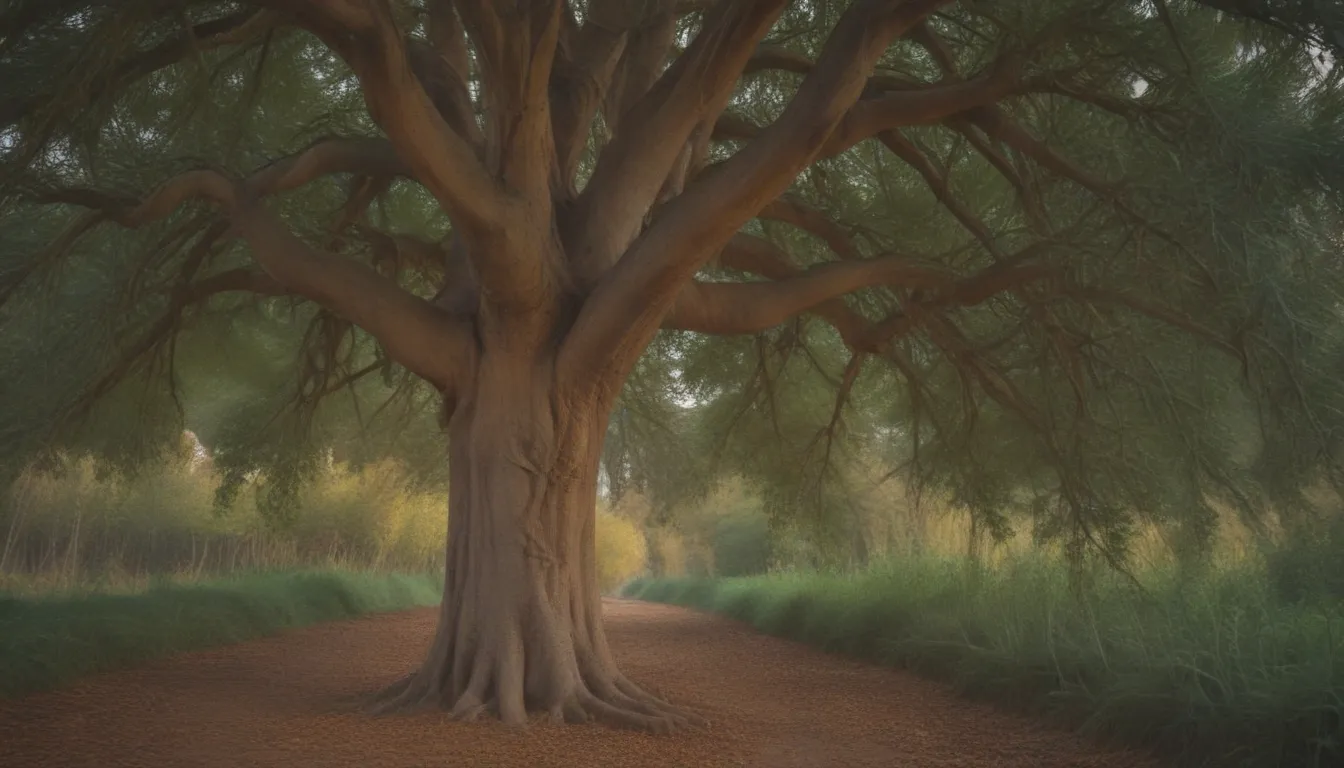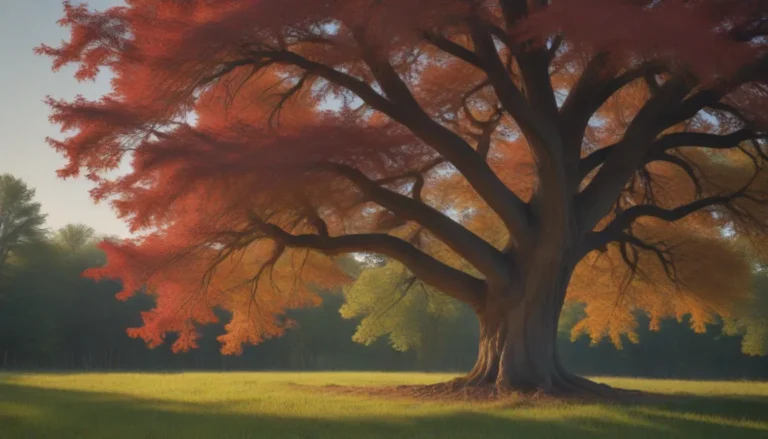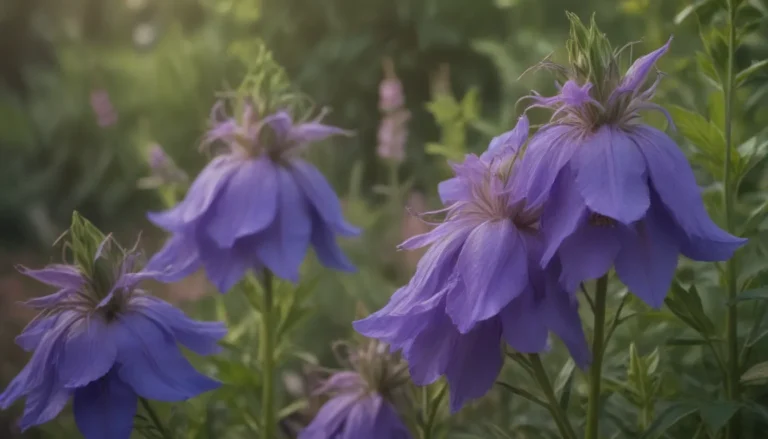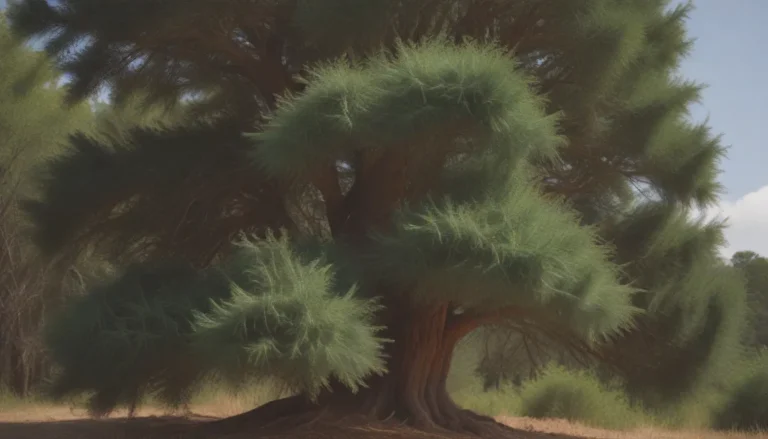The Ultimate Guide to Growing and Caring for Butternut Trees

Butternut trees are a beloved addition to any landscape, with their rich, sweet nuts, golden wood, and beautiful shade-providing crown. In this comprehensive guide, we will explore everything you need to know about growing and caring for Butternut trees to ensure they thrive in your garden.
A Brief Overview of the Butternut Tree
The butternut tree, native to the northeastern United States and southeastern Canada, is known for its delicious nuts and attractive appearance. However, due to the prevalence of the deadly butternut canker disease, these trees are becoming increasingly rare in the wild. Planting a butternut tree in your garden can be a rewarding experience if done properly.
Benefits of Growing Butternut Trees
- Rich, sweet, buttery nuts
- Attractive light golden wood
- Provides shade in the landscape
Planting and Location
When planting a Butternut tree, it’s essential to choose the right location to ensure its long-term health and growth. Here are some tips for planting and choosing the location for your Butternut tree:
Planting Time
- The tree can be planted in the spring or fall.
Sunlight
- Butternut trees need full sun and do not tolerate shady conditions.
- Plant in an area with plenty of space and full sun to allow for proper growth.
Soil and Water
- Butternut trees thrive in rich, moist, slightly acidic soil with a pH between 6.8 and 7.2.
- Requires consistent moisture, but established trees can tolerate some drought.
Temperature and Humidity
- Butternut trees are very hardy and can be grown down to USDA zone 3.
- High humidity, dense canopies, and poor air circulation can lead to a higher incidence of butternut canker.
Butternut Tree Care Tips
Taking care of your Butternut tree is essential for its health and longevity. Here are some important care tips to keep in mind:
- Pruning: Regular pruning is essential to maintain the tree’s shape and prevent low-hanging branches.
- Disease Monitoring: Keep a close eye on your tree for signs of butternut canker, especially if it is planted in an isolated location.
- Fertilization: If planted in rich soil, there is usually no need to fertilize the tree.
Types of Butternut Trees
Planting a hybrid Butternut tree can increase its resistance to diseases such as butternut canker. Here are some types of Butternut trees to consider:
- Hybrids: Crosses with Japanese walnut and heartnut varieties that offer better disease resistance.
- Cultivar: Popular cultivars like Buartnut ‘Mitchell’ that are self-fertile.
Pruning and Maintenance
Proper pruning is essential for the health and aesthetics of your Butternut tree. Here are some pruning tips to keep your tree in top shape:
- Open Up the Center: Pruning opens up the tree to light and air circulation, reducing the risk of diseases.
- Remove Diseased Branches: Prune any branches showing signs of canker to prevent the disease from spreading.
- Avoid Over-Pruning: Do not remove more than one-fourth of the tree’s crown at any one time to avoid weakening the tree.
Propagating Butternut Trees
Due to the severity of butternut canker disease, it is recommended to propagate Butternut trees from hybrid saplings from nurseries. Here are some tips for propagating Butternut trees:
- Hybrid Saplings: Start with a hybrid sapling to ensure better disease resistance.
- Cross-Pollination: If propagating a hybrid tree, consider cross-pollination or grafting with a second species for better results.
Common Pests and Diseases
Butternut trees are susceptible to various pests and diseases, with butternut canker being the most deadly threat. Here are some common pests and diseases to watch out for:
- Butternut Canker: A fungal disease that has devastated the native butternut population and can lead to tree death within a few years.
- Juglones: Chemicals produced by the tree that are toxic to other plants and can stunt their growth.
Common Problems with Butternut Trees
Butternut trees, like their close relative black walnuts, can pose some challenges in the garden. Here are some common issues to be aware of:
- Messy Fruit Drop: Butternut trees can be messy with their large compound leaves and nut drop in the fall.
- Nut Harvesting: Harvesting Butternut nuts can be challenging due to hard shells and competition from wildlife.
In conclusion, growing and caring for Butternut trees can be a rewarding experience for any garden enthusiast. By following the tips and guidelines outlined in this guide, you can ensure the health and longevity of your Butternut tree for years to come. Whether you’re looking to enjoy the delicious nuts or simply appreciate the beauty of these trees in your landscape, Butternut trees are a valuable addition to any garden.





